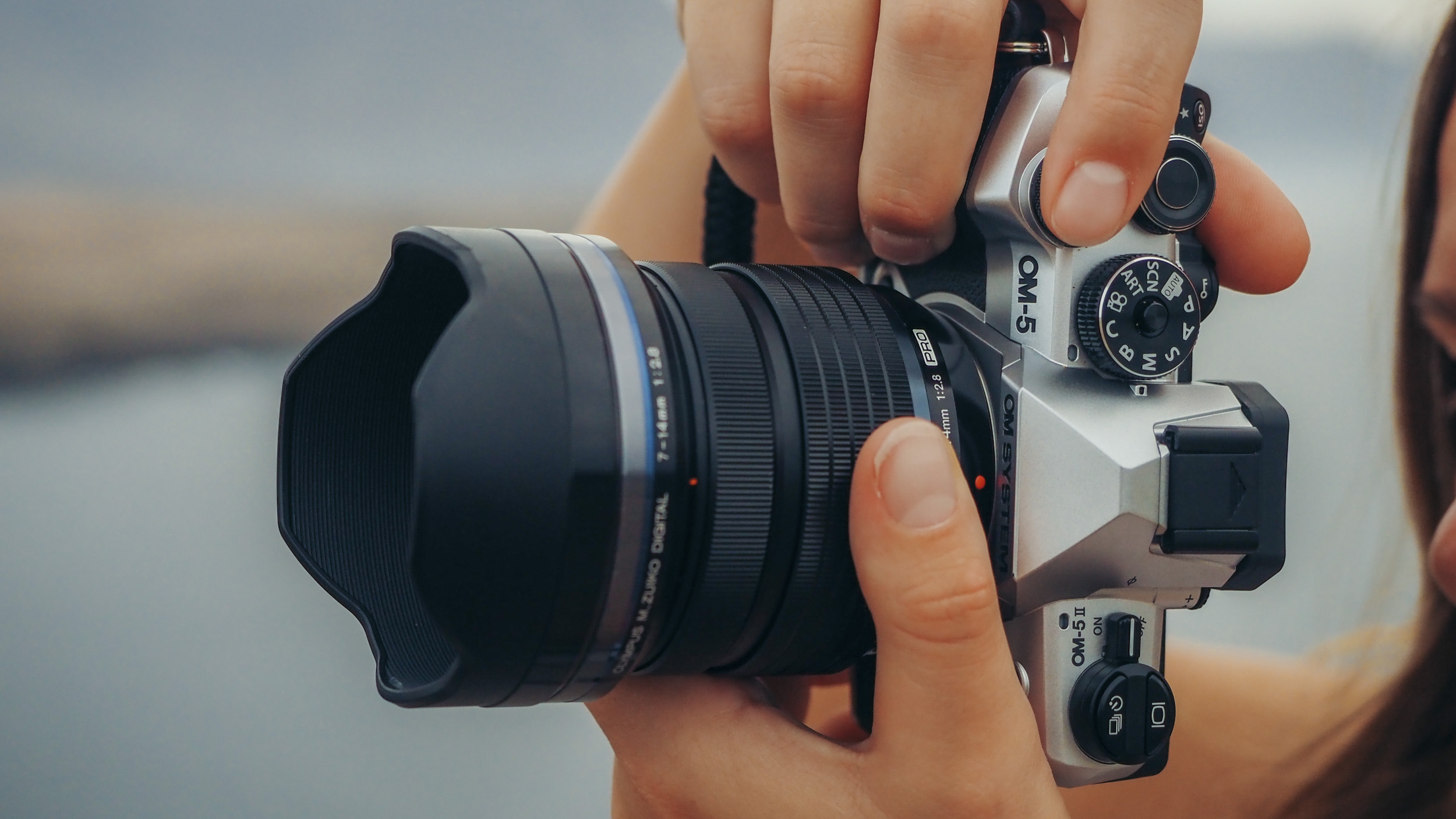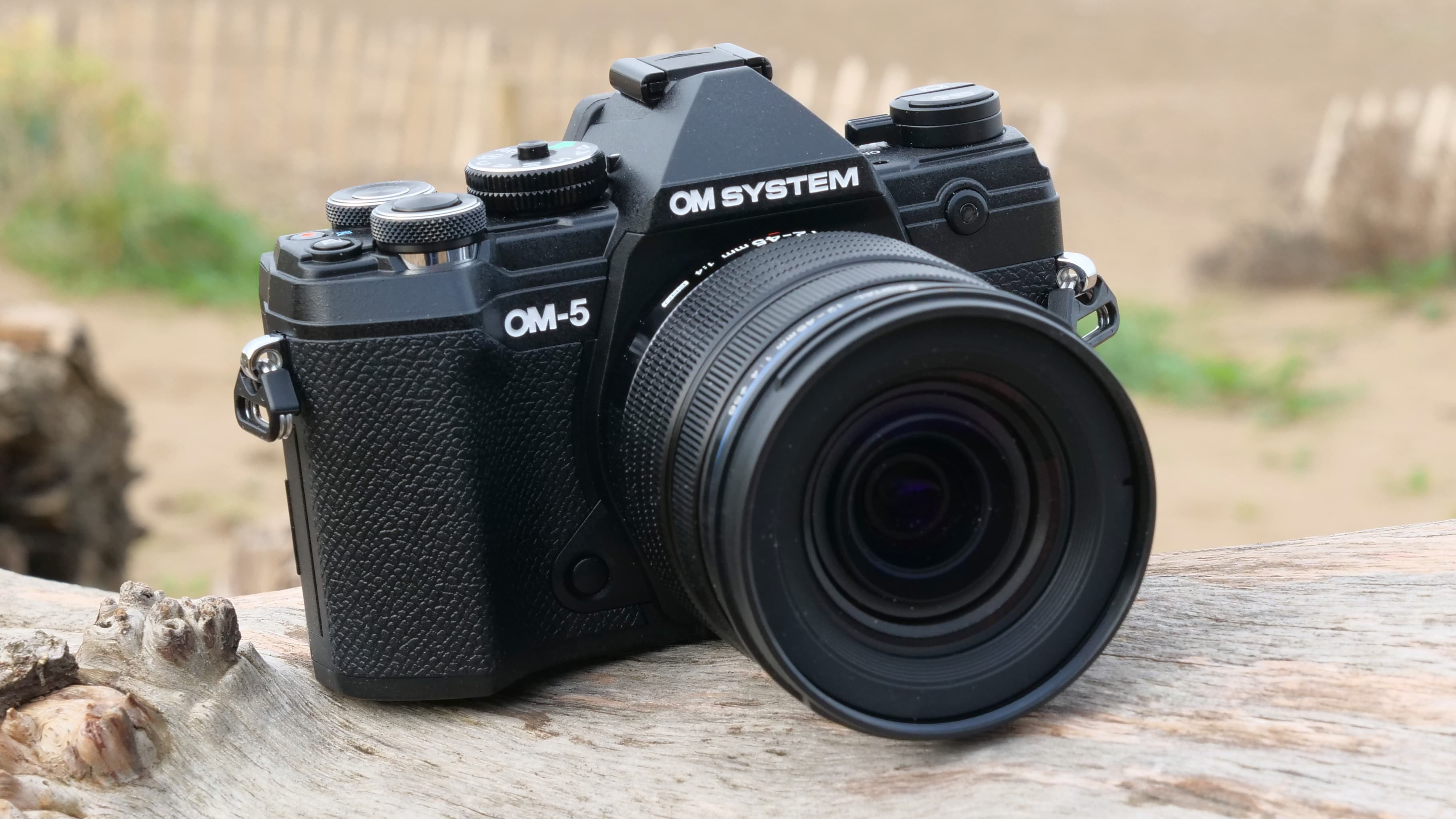
I had an averse reaction to the new OM-5 II when it was announced a week ago, saying that my hopes for the Micro Four Thirds system are waning after what felt like another disappointing upgrade.
With three years between the OM-5 II and its predecessor – the admittedly still-excellent OM-5 – you'd have hoped for more meaningful updates than USB-C charging. Granted, that's a big feature for one of the best travel cameras, but it should've been in the OM-5 from the get-go, and it's the only upgrade worth writing about.
I've reflected on this a little since then, and while I stand by my comments, I think there's an under-the-radar reason why the OM-5 II remains a compelling mirrorless camera in 2025.
Bucking an unwelcome trend
Sony, Canon, Fujifilm, Nikon, and others are making superb cameras today, fine-tuning image quality, improving performance, and upgrading design.
In terms of technological progress, these brands are where it's at. However, some of their cameras sure as heck are getting pricey (Nikon aside).
Take the new Fujifilm X-E5. It launched this month at twice the price in the US of the four-year-old X-E4 – that's $1,699 / £1,299 / AU$2,699. Granted, it features an updated 40MP APS-C sensor and high-end premium aluminum top plate, but it's a pricey, non-weather-sealed rangefinder-style camera.
The new OM-5 II, on the other hand, was unveiled for $1,199 / £1,099 / AU$1,699 – that's the same price the OM-5 was at launch three years ago, and even cheaper in the UK and Australia.
Where the latest versions of most other cameras, with a few exceptions, are getting pricier, the OM-5 II is, in most regions, cheaper. Oh, and there's a fetching Sand Beige limited edition version of it, too – that will go well with my new stone chinos – I'm told that colorway is SO in right now.

Is the OM-5 II a good buy, or a goodbye?
So, the OM System OM-5 II bucks a rising prices trend, but is it still a good buy? Well, yes and no.
Despite its dated tech, which includes an older non-stacked version of OM System's 20MP Micro Four Thirds sensor and a modest 1.04m-dot 3-inch touchscreen, you'll struggle to find a more complete camera for the money.
That sensor is stabilized and unleashes handheld shooting skills other systems wish they had, there's some super fun computational photography modes to play (now accessible directly via a dedicated button), plus the body itself is weather-sealed – a rare thing at this price point.
All that being said, there are some decent OM-5 II alternatives. For example, if you can do without USB-C charging, prices of the older OM-5 have been slashed by around $300 / £300.
And then there are rivals such as Nikon's powerful Z50 II, which has a larger 20MP APS-C sensor, is weather-sealed and costs less, (I think Nikon is one of the best value camera brands today), or Fujifilm's X-S20 which can be had for a similar amount and beats the OM-5 II in a few areas. I've included links to the best prices for all of those cameras below.
Overall, I think the OM-5 II is an excellent buy today, and let's not forget that it's part of the Micro Four Thirds system, which features hundreds of lenses.
We're currently completing an in-depth review of the OM-5 II, so be sure to check back soon if you'd like to discover our full verdict.







